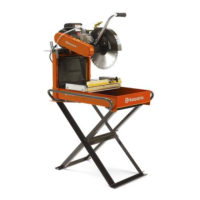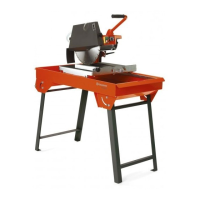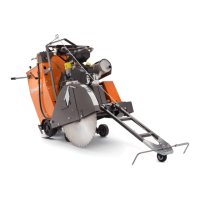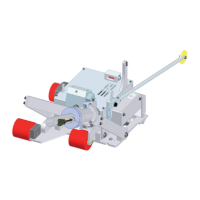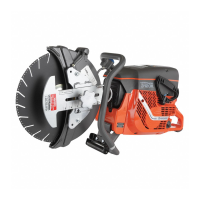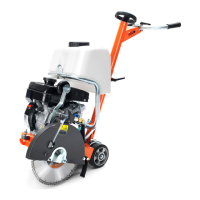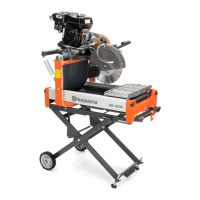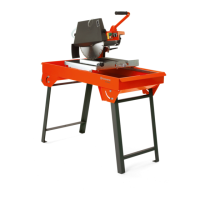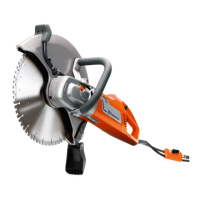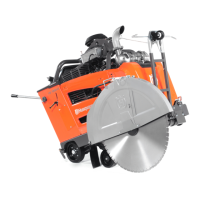What causes over rich acceleration in Husqvarna 357XP/G Saw?
- LlhoffmanSep 9, 2025
Over-rich acceleration in your Husqvarna Saw can stem from a blocked air filter, a faulty pump diaphragm, or faulty diffuser jets. Try adjusting the L and H screws.
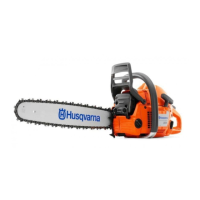
What causes over rich acceleration in Husqvarna 357XP/G Saw?
Over-rich acceleration in your Husqvarna Saw can stem from a blocked air filter, a faulty pump diaphragm, or faulty diffuser jets. Try adjusting the L and H screws.
What causes too much fuel at idling in Husqvarna 357XP/G?
Too much fuel at idling in your Husqvarna Saw can be caused by a needle valve set too high, a sticking needle valve assembly, a damaged metering system, a worn needle valve, a leaking control diaphragm/cover plate, or an incorrectly assembled metering system.
Why does my Husqvarna 357XP/G idle when L screw closed?
If your Husqvarna Saw idles when the L screw is closed, it could be due to a worn needle valve or lever, a leaking control diaphragm/cover plate, a sticking needle valve assembly, or a faulty diffuser jet.
Why Husqvarna 357XP/G Saw will not “four-stroke”?
If your Husqvarna Saw will not “four-stroke”, the issue might be due to a blocked fuel tank vent or fuel filter, a blocked fuel line, or damaged fuel hose. It could also be caused by a leaking or blocked impulse channel, a loose cover on the carburettor pump side, a faulty pump diaphragm, a leaking air intake hose, loose carburettor mounting bolts, a needle valve set too low, a leak in the metering system, an incorrectly assembled metering unit, a loose diaphragm rivet, a hole in the diaphragm, or a leaking control diaphragm/cover plate.
| Engine Type | 2-stroke |
|---|---|
| Displacement | 56.5 cm³ |
| Power Output | 3.2 kW |
| Chain Pitch | 3/8" |
| Maximum Power Speed | 9600 rpm |
| Idling speed | 2700 rpm |
| Oil pump type | Automatic |
| Bar Length (recommended) | 15-20 in |
| Torque, max at rpm | 7500 rpm |
Explains how the workshop manual is structured and how to use it for repairs.
Details essential safety rules, warnings, and precautions for working on the chainsaw.
Lists and describes the specific tools required for chainsaw maintenance and repair.
Provides detailed technical specifications, dimensions, and performance data for the chainsaw.
Explains the construction, sub-systems, and operating modes of the chainsaw's carburettor.
Details common chainsaw problems, their symptoms, and potential causes for effective troubleshooting.
Covers maintenance and repair of the chain brake, centrifugal clutch, oil pump, and guide bar bolts.
Covers repair of ignition, starter, generator, stop switch, choke control, throttle, and hand grip heater systems.
Details servicing of the carburettor, fuel tank, fuel filter, and air intake system.
Guides on crankcase, crankshaft bearings, sealing ring replacement, and repairing damaged threads.
Provides basic adjustment procedures for EPA-certified carburettors, including H-needle and L-needle settings.
